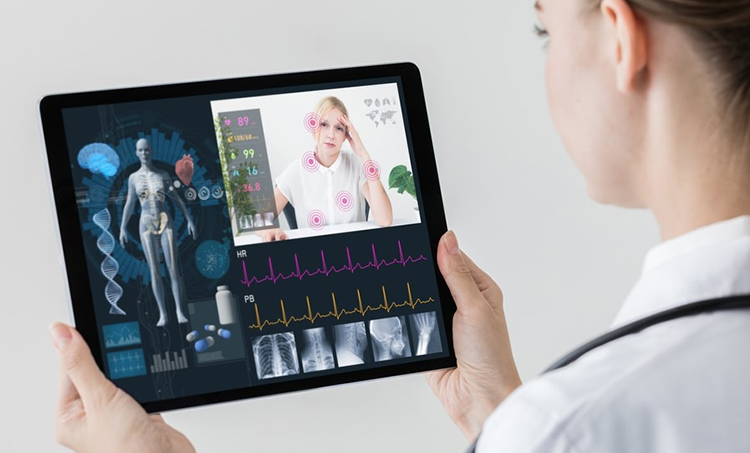
Embracing Technology for Better Healthcare Outcomes
In recent times, telemedicine is now popular in an effort to boost use of health-related and reduce fees. One of the essential components of telemedicine is remote patient monitoring software (RPM), that enables medical care service providers to remotely keep track of patient overall health information and offer well-timed treatments. In the following paragraphs, we’ll explore the benefits of RPM, the way it works in health care, and exactly what the long term holds for this promising field.
1. What exactly is Remote patient monitoring (RPM)?
Remote patient monitoring can be a health-related modern technology that permits healthcare providers to observe their sufferers from another location making use of health care devices and telecommunication platforms. It enables health-related service providers to slightly monitor a patient’s vital indications, signs, and other overall health-connected info. People can also deliver data using their health care devices, including blood glucose yards, to their healthcare companies to have opinions while not having to watch for a scheduled visit.
2. How RPM Affects Health care?
Remote patient monitoring technology has the possibility to transform the way health-related is provided. Through the help of steady online connections and specialized software websites, health-related companies can gain access to affected individual information in real-time without having to be physically existing making use of their sufferers. RPM is particularly valuable for individuals that are chronically sickly or have complicated health problems. Individuals who opt to participate in RPM courses practical experience faster use of care, much less hospitalizations, and medical emergencies, far better standard of living, and greater satisfaction using their health care companies.
3. The way forward for Remote patient monitoring
Remote patient monitoring is a vital facet of telemedicine, and its adoption is expected to keep growing in the next couple of years. According to a report from MarketsandMarkets, the RPM marketplace is likely to reach $31.6 billion by 2025, powered by the growing frequency of persistent ailments, an ageing inhabitants, as well as the rising demand for telehealth solutions. As more healthcare professionals and patients adopt RPM technology, we are able to anticipate further advancements within the application and equipment needed to link medical care companies and sufferers remotely and boost affected person results.
4. Obstacles of RPM
Even with its rewards, RPM technology still faces numerous challenges. One of the biggest hurdles is the reluctance of individuals to follow the technologies. Several patients are uneasy with the thought of sharing health care information slightly as a consequence of level of privacy and stability issues. In addition, medical care companies may not have the technological knowledge found it necessary to put into action and maintain RPM plans. Productive co-ordination and cooperation in between health-related service providers and patients are essential needs for the prosperity of RPM.
5. To put it briefly
Remote patient monitoring is revolutionizing the medical industry, increasing affected person benefits and growing use of treatment. By making use of RPM technologies, healthcare service providers can analyze and deal with long-term problems more proficiently, decreasing readmissions and medical care costs whilst improving individual expertise. It will probably be intriguing to see how remote patient monitoring technology grows and adjusts to new difficulties in the foreseeable future. Right now, it is actually apparent that RPM is a promising approach to improving health-related entry and affected individual effects.